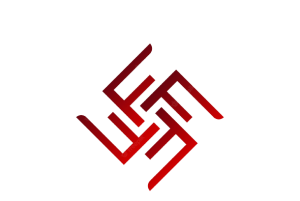Acharya Shantisagar Ji- greatest Digambara
monk of modern Indi

Digambar refers to the original and older sect of Jainism. Digambar Jains are the last descendants of ancient ”sramana” tradition.
Monk
The three things a Digambar monk can carry:
- ”picchi’‘, a broom made up of fallen peacock feathers (for clearing the place before walking or sitting)
- ”kamandala”, a water gourd
- Shastra (scriptures)
Every Digambar monk is required to follow 28 vows ”vratas” compulsory.
Muni Pramansagar|2008|p=189-191
Acharya

The term ”acharya” is used to refer the head of the monastic order
| Acharyas | Time period | Known for |
| Bhadrabahu | 3rd century BC | Chandragupta Maurya’s spiritual teacher |
| Kundakunda | 2nd century AD | Author of Samayasāra, Niyamasara, Pravachansara, Barah anuvekkha |
| Umaswami | 2nd century AD | Author of Tattvarthsutra (canon on science and ethics) |
| Pujyapada | 5th century AD | Author of Iṣṭopadeśa (Divine Sermons), a concise work of 51 verses |
| Manatunga | 6th century AD | Creator of famous Bhaktamara Stotra |
| Virasena | 8th-century AD | Mathematician and author of Dhavala |
| Jinasena | 9th century AD | Author of Mahapurana (major Jain text) and Harivamsha Purana. |
| Nemichandra | 10th century AD | Author of Dravyasamgraha and supervised the consecration of the Gomateshwara statue. |
| Acharya Shantisagar | 20th century AD | Reformer of digambara tradition. |
| Siribhoovalaya | a cryptographic work by the digambara monk | |
| Kumudendu Muni | is not yet deciphered completely. |
